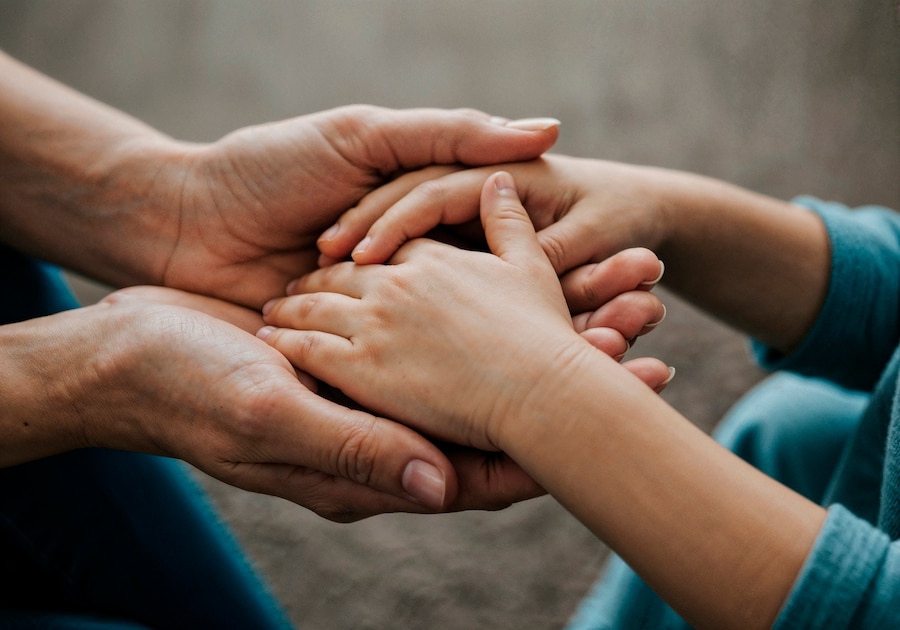
Emotional Development Stages Through Puberty
Navigating the Emotional Rollercoaster of Puberty
Puberty brings many physical changes. You may see growth in height, hair, and voice. Girls will also start their periods. But behind these visible shifts lies a profound emotional journey. Tweens and teens feel emotions strongly during this time. They also face identity challenges and deal with new social situations.
Understanding the emotional development stages during puberty is crucial. As a parent, caregiver, or educator, this insight helps you support kids. It builds trust, nurtures resilience, and boosts their mental health.
In this article, we’ll walk you through:
- The major emotional milestones across the stages of puberty
- The connection between hormones and emotional reactivity
- Real-life stories, common struggles, and supportive strategies
By the end, you’ll be ready to help a young person navigate puberty. You’ll do this with empathy, clarity, and confidence.
Understanding Emotional Development During Puberty
The Brain-Body Connection
During puberty, the amygdala, which controls emotions, grows faster than the prefrontal cortex. The prefrontal cortex is responsible for decision-making. This neurological gap explains why adolescents may act impulsively or seem overly reactive. It’s not defiance — it’s biology.
Meanwhile, hormones such as oestrogen, progesterone, and testosterone amplify emotional responses. This makes adolescence a perfect storm of biological change and emotional intensity.
Emotional Milestones by Stage
Let’s explore the stages of emotional development in more detail.
Stage 1: Early Adolescence (Ages 9–13)
Common Emotional Traits
- Increased Sensitivity: Children may cry more easily or take criticism personally.
- Mood Swings Shifting between happiness and irritation is normal.
- Newfound Privacy: They begin valuing personal space and may become withdrawn.
- Emerging Identity: Kids begin to question, “Who am I?”
Parental Support Tips
- Avoid dismissing feelings as “overreactions.”
- Introduce emotional vocabulary (“frustrated”, “anxious”, “proud”).
- Respect their need for privacy, but stay emotionally available.
- Use humour or storytelling to open dialogue.
Stage 2: Middle Adolescence (Ages 14–16)
Common Emotional Traits
- Peer Influence Peaks: Friends’ approval matters more than parental input.
- Self-Consciousness: Concerns about looks, voice, or abilities dominate.
- Romantic Feelings: First crushes and heartbreaks appear.
- Risk-Taking: Increased desire for independence may lead to rule testing.
Parental Support Tips
- Guide without judging. Use phrases like, “What do you think would happen if…?”
- Keep lines of communication open. Listen more, lecture less.
- Help them navigate social media and body image issues.
- Acknowledge their romantic feelings as real and valid.
Stage 3: Late Adolescence (Ages 17–19+)

Common Emotional Traits
- Identity Solidifies: Teens begin forming core values and goals.
- Emotional Regulation: They can reflect before reacting more often.
- Increased Independence: They prepare for adult responsibilities.
Parental Support Tips
- Offer mentorship rather than direct supervision.
- Talk about mental health proactively, not just in crisis.
- Allow them to fail safely, then guide them through reflection.
- Support career and life planning, but respect their choices.
Mental Health During Puberty
When Emotions Tip Into Anxiety or Depression
Not all emotional changes are benign. If you notice:
- Withdrawal from activities they once enjoyed
- Persistent sadness or irritability
- Changes in sleep or eating patterns
- Statements like “I’m worthless”
…it could signal a mental health concern like anxiety or depression.
Don’t hesitate to consult a GP, counsellor, or school psychologist. Early intervention makes a big difference.
Reducing the Stigma
Children may feel embarrassed or afraid to discuss their emotions. Let them know:
- Everyone struggles sometimes
- Asking for help is a sign of strength
- You’re there for them, no matter what
Supporting Emotional Development Holistically

Build a Routine
Structure provides a sense of security. Encourage:
- Consistent bedtimes and mealtimes
- Physical activity
- Family rituals like weekly dinners
Encourage Emotional Literacy
Use tools like:
- Feelings wheels
- Mood journals
- Reflective questions: “What made you feel proud today?”
Model the Behaviour You Want to See
- Name your own emotions: “I’m feeling overwhelmed, so I’ll take a short walk.”
- Apologise when needed: “I raised my voice, and I’m sorry.”
- Show how to cope: “I’m going to do some breathing exercises.”
Real-Life Story: A Parent’s Perspective

“My daughter started crying about her school jumper being the wrong shade of grey. At first, I rolled my eyes. Then I realised it wasn’t about the jumper — it was about a rough day, body discomfort, and needing control over something small. I learned to pause and ask, ‘What’s really going on?’”
These seemingly minor moments can reveal deeper emotional needs.
Conclusion: Growing Emotionally, Together
The emotional journey through puberty is unpredictable, vulnerable, and deeply formative. It’s a time of strong emotions, changing identities, and evolving relationships — all at the same time. Yet, this turbulent time is also rich with opportunity.
Puberty gives young people a chance to discover who they are. They can explore their values and start to understand their emotions better. Parents, caregivers, and educators should move beyond just managing behavior. They need to focus on supporting emotional intelligence, resilience, and self-awareness.
The key is not to strive for control, but for connection.
Here’s what matters most:
- Be present, even when they push you away. Your quiet, steady presence can offer a sense of security they may not outwardly acknowledge but deeply need.
- Speak with compassion, even when you’re frustrated. Teens are not just being dramatic — they’re navigating a brain and body in transition. Your empathy teaches them how to be gentle with themselves.
- Offer tools, not just instructions. Teach coping mechanisms, not just rules. Share strategies, not just consequences. Help them understand themselves, not just obey.
Helping a young person during puberty doesn’t mean being perfect. It needs patience, curiosity, and honesty about feelings. Be open with your feelings. Acknowledge their experiences. Remind them their feelings are real and can be managed.
Above all, remember: emotional growth is a journey for everyone involved. You build trust when you walk with them instead of leading or pushing. This helps everyone grow together and supports lifelong emotional health.


